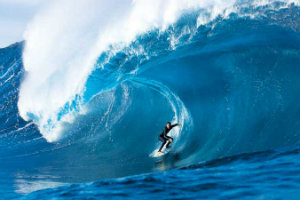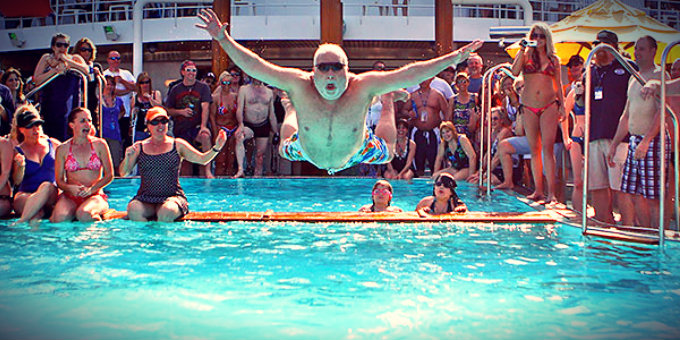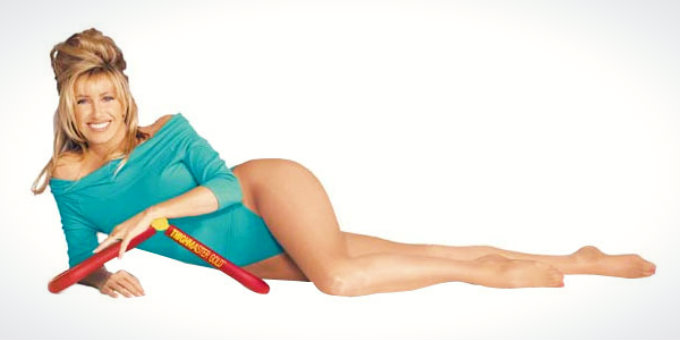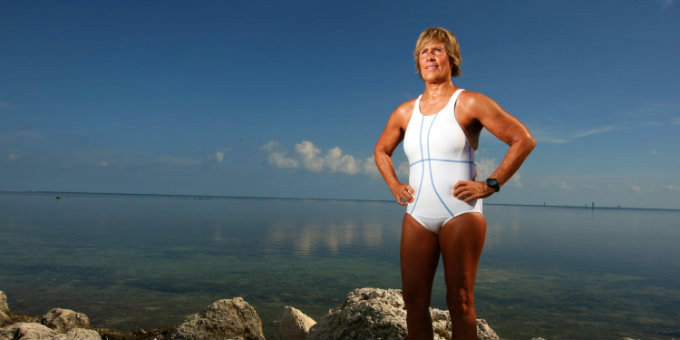Surfing is an ever-growing sport that many people want to learn how to do. It’s also among some of the world’s most popular sports because people do it all over the globe. Whether you are living in a coastal city or inland, you can learn to surf anywhere now that surfing can be done artificially thanks to surf schools or at beaches all over the world. If you want to learn how to surf but don’t know where to start, here are eight things you need to know before learning how to surf.
1. Surfing is a full-body workout so after your first surf session you will want to consume the first thing you see. Why? Because surfing burns many calories from paddling, standing, swimming, and repeating.
2. Trunks or Wetsuit or Spring Suit? Depends on multiple factors such as weather, season, and where in the world you are surfing. Typically on hot summer days, most people surf in either a pair of trunks or a two-piece suit and a rashguard top. The hotter the day the less clothing you should wear to decrease overheating. The colder the day surfers wear either a spring suit where the sleeves are a quarter long on both the legs and arms, In colder temperatures surfers wear wetsuits where both the legs and arms are entirely covered and only the hands, feet, and head are exposed.
3. Size does matter, it is highly recommended that you first learn how to surf on a LongBoard between 9ft. to ft. depending on height and weight. This chart below will help with what size board is recommended for you to start learning on.
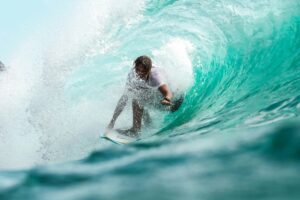
4. Soft or Hard? There are two different types of LongBoards to invest in. They are self-explanatory but the soft top boards tend to be made with a sponge-like top and are usually lighter and can take a lot more damage. They are best to learn on because they are lighter and have more buoyancy which in turn makes them float easier in turn making it easier to stand on while catching a wave. Hard Top Boards are usually made entirely of fiberglass and heavier making it harder to stand up on. They also need wax and since they are made of fiberglass they are not as durable as a soft top.
5. Always wear a leash, a leash is used to keep your board from getting to far away from you and also from hitting other patrons and surfers in the water. They tend to be at least a foot or two longer than the height of your board and can come in a variety of different colors.
6. Wax is instrumental to learning how to surf depending on what board you decide to invest in a HardTop Board. Wax is the difference between running an ice rink compared to running on a track, you have a grip and won’t slip off.
7. Start Small, Most people when learning how to surf assume they are going to surf 5, 6, and even 9-foot waves but in reality, the safest way and the only way you can learn how to surf is by learning on “White Water”, this is the white foamy part of the wave that washes up on shore after the wave has already broken. Learning how to surf on these waves brings little to no injuries from trying to learn on bigger waves. Also leaving little room for error because these small waves are a gradual little push compared to being thrown down the face of a wave.
8. Falling is ok, the very best of surfers still wipe out on a wave. So if you get out there and fall every other wave that’s ok just get back up and try again. The most important part about learning how to surf is having fun and enjoying your time out on the water. Hopefully, these eight tips will help you know what you will need and are getting into learning how to surf.
